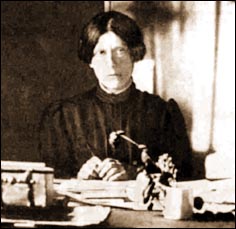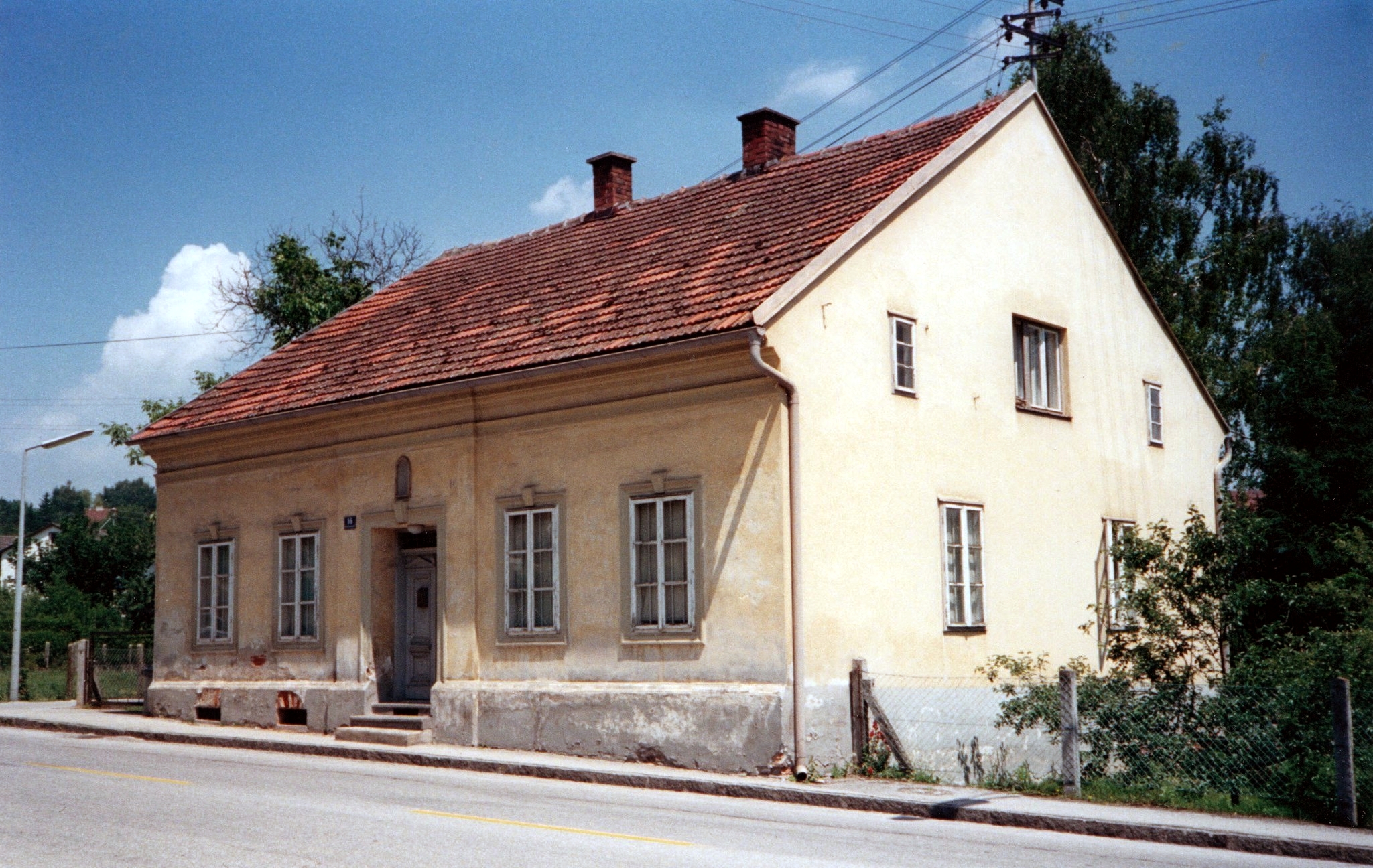|
Timeline Of The Molotov–Ribbentrop Pact
The timeline of the Molotov–Ribbentrop Pact is a chronology of events, including Molotov–Ribbentrop Pact negotiations, leading up to, culminating in, and resulting from the Molotov–Ribbentrop Pact. The Treaty of Non-aggression between Nazi Germany and the Soviet Union was signed in the early hours of 24 August 1939, but was dated 23 August. Prelude * 3 March 1918: The Treaty of Brest-Litovsk between Soviet Russia and the Central Powers is signed. * 11 November 1918: The armistice between the Allies and Germany ends the First World War on the Western Front. After Germany's collapse, British, French and Japanese troops intervene in the Russian Civil War. * 28 June 1919: The Treaty of Versailles formally ends the First World War. * 16 April 1922: The Treaty of Rapallo between Germany and Soviet Russia renounces all territorial and financial claims against the other. A secret annex allows Germany to train its military in Soviet territory. * 24 April 1926: The Treaty of ... [...More Info...] [...Related Items...] OR: [Wikipedia] [Google] [Baidu] |
Russian Civil War
The Russian Civil War () was a multi-party civil war in the former Russian Empire sparked by the 1917 overthrowing of the Russian Provisional Government in the October Revolution, as many factions vied to determine Russia's political future. It resulted in the formation of the Russian Soviet Federative Socialist Republic, Russian Socialist Federative Soviet Republic and later the Soviet Union in most of its territory. Its finale marked the end of the Russian Revolution, which was one of the key events of the 20th century. The List of Russian monarchs, Russian monarchy ended with the abdication of Nicholas II, Tsar Nicholas II during the February Revolution, and Russia was in a state of political flux. A tense summer culminated in the October Revolution, where the Bolsheviks overthrew the Russian Provisional Government, provisional government of the new Russian Republic. Bolshevik seizure of power was not universally accepted, and the country descended into a conflict which beca ... [...More Info...] [...Related Items...] OR: [Wikipedia] [Google] [Baidu] |
Franco-Soviet Treaty Of Mutual Assistance
The Franco-Soviet Treaty of Mutual Assistance was a bilateral treaty between France and the Soviet Union with the aim of enveloping Nazi Germany in 1935 to reduce the threat from Central Europe. It was pursued by Maxim Litvinov, the Soviet foreign minister, and Louis Barthou, the French foreign minister, who was assassinated in October 1934, before negotiations had been finished. His successor, Pierre Laval, was sceptical of the desirability and of the value of an alliance with the Soviet Union. However, after the declaration of German rearmament in March 1935, the French government forced the reluctant foreign minister to complete the arrangements with Moscow that Barthou had begun. Ratification The pact was concluded in Paris on 2 May 1935 and ratified by the French government in February 1936. Ratifications were exchanged in Moscow on 27 March 1936, and the pact went into effect the same day. It was registered in ''League of Nations Treaty Series'' on 18 April 1936. Lava ... [...More Info...] [...Related Items...] OR: [Wikipedia] [Google] [Baidu] |
Adolf Hitler's Rise To Power
The rise to power of Adolf Hitler, dictator of Nazi Germany from 1933 to 1945, began in the newly established Weimar Republic in September 1919, when Hitler joined the ''German Workers' Party, Deutsche Arbeiterpartei'' (DAP; German Workers' Party). He quickly rose to a place of prominence and became one of its most popular speakers. In an attempt to more broadly appeal to larger segments of the population and win over German workers, the party name was changed to the ''Nationalsozialistische Deutsche Arbeiterpartei'' (NSDAP; National Socialist German Workers' Party), commonly known as the Nazi Party, and a new platform was adopted. Hitler was made the party leader in 1921 after he threatened to otherwise leave. By 1922, his control over the party was unchallenged. The Nazis were a right-wing party, but in the early years they also had Anti-capitalism, anti-capitalist and Bourgeoisie, anti-bourgeois elements. Hitler later initiated a purge of these elements and reaffirmed the Nazi ... [...More Info...] [...Related Items...] OR: [Wikipedia] [Google] [Baidu] |
Adolf Hitler
Adolf Hitler (20 April 1889 – 30 April 1945) was an Austrian-born German politician who was the dictator of Nazi Germany from 1933 until Death of Adolf Hitler, his suicide in 1945. Adolf Hitler's rise to power, He rose to power as the leader of the Nazi Party, becoming Chancellor of Germany#Nazi Germany (1933–1945), the chancellor in 1933 and then taking the title of in 1934. His invasion of Poland on 1 September 1939 marked the start of the Second World War. He was closely involved in military operations throughout the war and was central to the perpetration of the Holocaust: the genocide of Holocaust victims, about six million Jews and millions of other victims. Hitler was born in Braunau am Inn in Austria-Hungary and moved to German Empire, Germany in 1913. He was decorated during his service in the German Army in the First World War, receiving the Iron Cross. In 1919 he joined the German Workers' Party (DAP), the precursor of the Nazi Party, and in 1921 was app ... [...More Info...] [...Related Items...] OR: [Wikipedia] [Google] [Baidu] |
Soviet–Polish Non-Aggression Pact
The Soviet–Polish Non-Aggression Pact (, , transliterated as ) was a non-aggression pact signed in 1932 by representatives of Poland and the Soviet Union. The pact was unilaterally broken on September 17, 1939, during the Soviet invasion of Poland. Background After the 1919-1921 Polish–Soviet War, the Polish authorities pursued a policy of "equal distance" between Germany and the Soviet Union. Most Polish politicians on both the left and the right believed that Poland should rely mostly on the crucial 1921 Franco-Polish alliance, which dated back to shortly after the First World War, and should support neither Germany nor the Soviet Union. To normalize bilateral contacts with the Soviets, talks were started in January 1926 to prepare a non-aggression pact to strengthen the Polish borders that had been established by the 1921 Peace of Riga and to balance it by a similar pact with Germany. However, negotiations with the Germans had not started when those with the Soviet Unio ... [...More Info...] [...Related Items...] OR: [Wikipedia] [Google] [Baidu] |
Soviet–Estonian Non-Aggression Pact
The Soviet–Estonian Non-Aggression Pact was a non-aggression pact, signed between the Soviet Union and Estonia on May 4, 1932. It was ratified by Estonia on 29 July 1932 and the Soviet Union 5 August 1932, and entered into force on 18 August 1932 for the period of 3 years. The pact provided the opportunity to be renounced 6 months before expiration or by either Estonia or USSR at any time without notice in the event of an act of aggression by the other party against any third state. If not renounced the pact was to be prolonged each two years for indetermined period. The pact was prolonged until 31 December 1945 on 4 April 1934 and was again reaffirmed on 28 September 1939. However on 14th June 1940 the USSR blockaded Estonia by sea and air and occupied it on 16th. (See the article on Estonia Estonia, officially the Republic of Estonia, is a country in Northern Europe. It is bordered to the north by the Gulf of Finland across from Finland, to the west by the Baltic Sea across f ... [...More Info...] [...Related Items...] OR: [Wikipedia] [Google] [Baidu] |
Soviet–Finnish Non-Aggression Pact
The Soviet–Finnish Non-Aggression Pact was a non-aggression pact that was signed in 1932 by representatives of the Soviet Union and Finland and updated on 7 April 1934. The pact was unilaterally renounced by the Soviet Union in 1939 after it had shelled one of its villages and blamed Finland in a false-flag attack. Negotiations The Soviet Union had started negotiations regarding non-aggression pacts with its neighbouring European countries to secure its borders during the Japanese invasion of Manchuria. The negotiations between it and Finland started last but ended first. The non-aggression pact was signed by Finnish Foreign Minister Aarno Yrjö-Koskinen and Soviet Ambassador Ivan Maisky on 22 January 1932 at the Finnish Ministry of Foreign Affairs, in Helsinki. It was ratified by the Parliament of Finland in July 1932 only after representatives of Estonia, Latvia and Lithuania had signed their own non-aggression pacts with the Soviet Union. Terms Both Finland and the ... [...More Info...] [...Related Items...] OR: [Wikipedia] [Google] [Baidu] |
Soviet–Lithuanian Non-Aggression Pact
Soviet–Lithuanian Non-Aggression Pact (Lithuanian: ''Lietuvos–SSRS nepuolimo sutartis'') was a non-aggression pact, signed between the Soviet Union and Lithuania on September 28, 1926. The pact confirmed all basic provisions of the Soviet–Lithuanian Peace Treaty of 1920. The Soviet Union continued to recognize Vilnius and Vilnius Region to Lithuania, despite the fact that the territories were under Polish control since the Żeligowski's Mutiny in 1920. It also recognized Lithuania's interests in the Klaipėda Region. In exchange Lithuania agreed not to join any alliances directed against the Soviet Union, which meant international isolation at the time when Soviet Union was not a member of the League of Nations. Ratifications were exchanged in Kaunas on November 9, 1926, and the pact became effective on the same day. The pact was registered in ''League of Nations Treaty Series'' on March 4, 1927. The pact was initiated by Lithuanians who sought a new direction in the foreign ... [...More Info...] [...Related Items...] OR: [Wikipedia] [Google] [Baidu] |
Treaty Of Berlin (1926)
The Treaty of Berlin (German–Soviet Neutrality and Nonaggression Pact) was a treaty signed on 24 April 1926 under which Weimar Republic, Germany and the Soviet Union pledged neutrality in the event of an attack on the other by a third party for five years. The treaty reaffirmed the German–Soviet Treaty of Rapallo (1922), Treaty of Rapallo (1922). Ratifications for the treaty were exchanged in Berlin on 29 June 1926, and it went into effect on the same day. The treaty was registered in ''League of Nations Treaty Series'' on 3 August 1926. It was renewed by additional protocol signed on 24 June 1931, ratified on 5 May 1933. The additional protocol was registered in ''League of Nations Treaty Series'' on 15 February 1935. Reactions In Germany, the treaty was compared with Bismarck's famous Reinsurance Treaty with Russia in 1887. The votes to endorse the treaty in the Foreign Committee of the Reichstag (Weimar Republic), Reichstag had been unanimous, a first for the Weimar Repub ... [...More Info...] [...Related Items...] OR: [Wikipedia] [Google] [Baidu] |



